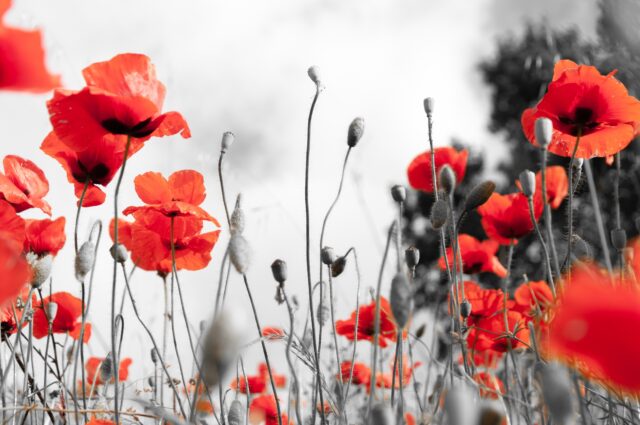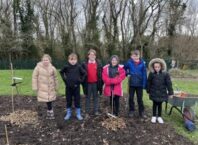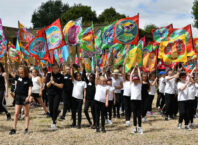Remembrance Day is an occasion of national significance, but many parents believe that its adult themes of sacrifice and death aren’t appropriate to share with young children. But former primary school teacher Becky Cranham, of education resource experts PlanBee says it all depends how you do it.
I believe that by helping primary school-aged children to understand why the nation comes to a halt at 11am to remember the war dead – and victims of terrorism, too – we can safeguard its future.
Why not try these simple activities at home to help your youngster understand what we’re remembering on Remembrance Day in an age-appropriate way?
Start by asking your youngster if they have ever done anything they didn’t want to do but that they knew they had to do. Discuss this for a while.
Explain that more than 100 years ago, a war began that was the biggest the world had ever seen.
Millions of soldiers had to go and fight for their country to make sure that their country and their families were safe. Many, many of these soldiers died. It is these soldiers we remember on Remembrance Day, as well as soldiers from other wars, such as World War Two, the Falklands and Iraq.
Most soldiers didn’t want to go to war, but they did so because they wanted to fight for what they believed was right. This is called a sacrifice. We remember them to say thank you for what they did.
Make sure your child understands that it wasn’t just trained soldiers who went to war, but ordinary men: brothers, sons and fathers, and also remind them that Remembrance Sunday also commemorates civilians who died, too.
Poppy craft
Provide your child with an empty plastic bottle. They then dip the bottom of the bottle into the paint and print it onto a piece of paper. Create a poppy picture, or alternatively try putting the poppies in a circle to create a poppy wreath. Children can paint the black centre of each poppy, as well as the green leaves.




